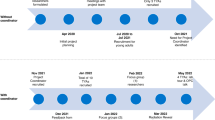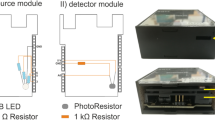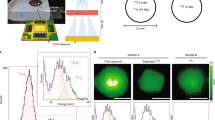Abstract
IN 1956, the Medical Research Council Committee set up to report on the medical aspects of nuclear radiation estimated that luminous watches and clocks increased the population dose of radiation to the gonads by 1 per cent of the natural background1. This estimate was based on the assumption that the average wrist-watch contains about one-fifth of a microcurie of radium. Libby2, reporting a similar investigation, quotes a figure of 1 microcurie of radium per watch as being “perhaps slightly larger than average”.
This is a preview of subscription content, access via your institution
Access options
Subscribe to this journal
Receive 51 print issues and online access
$199.00 per year
only $3.90 per issue
Buy this article
- Purchase on SpringerLink
- Instant access to full article PDF
Prices may be subject to local taxes which are calculated during checkout
Similar content being viewed by others
References
“The Hazards to Man of Nuclear and Allied Radiations” (H.M. Stationery Office, London, 1956).
Libby, W. F., Science, 122, 57 (1955).
Recommendations of the International Commission on Radiological Protection, Brit. J. Radiol., Supp. No. 6 (1955).
Author information
Authors and Affiliations
Rights and permissions
About this article
Cite this article
HAYBITTLE, J. Radiation Hazard from Luminous Watches. Nature 181, 1422 (1958). https://doi.org/10.1038/1811422a0
Issue Date:
DOI: https://doi.org/10.1038/1811422a0



